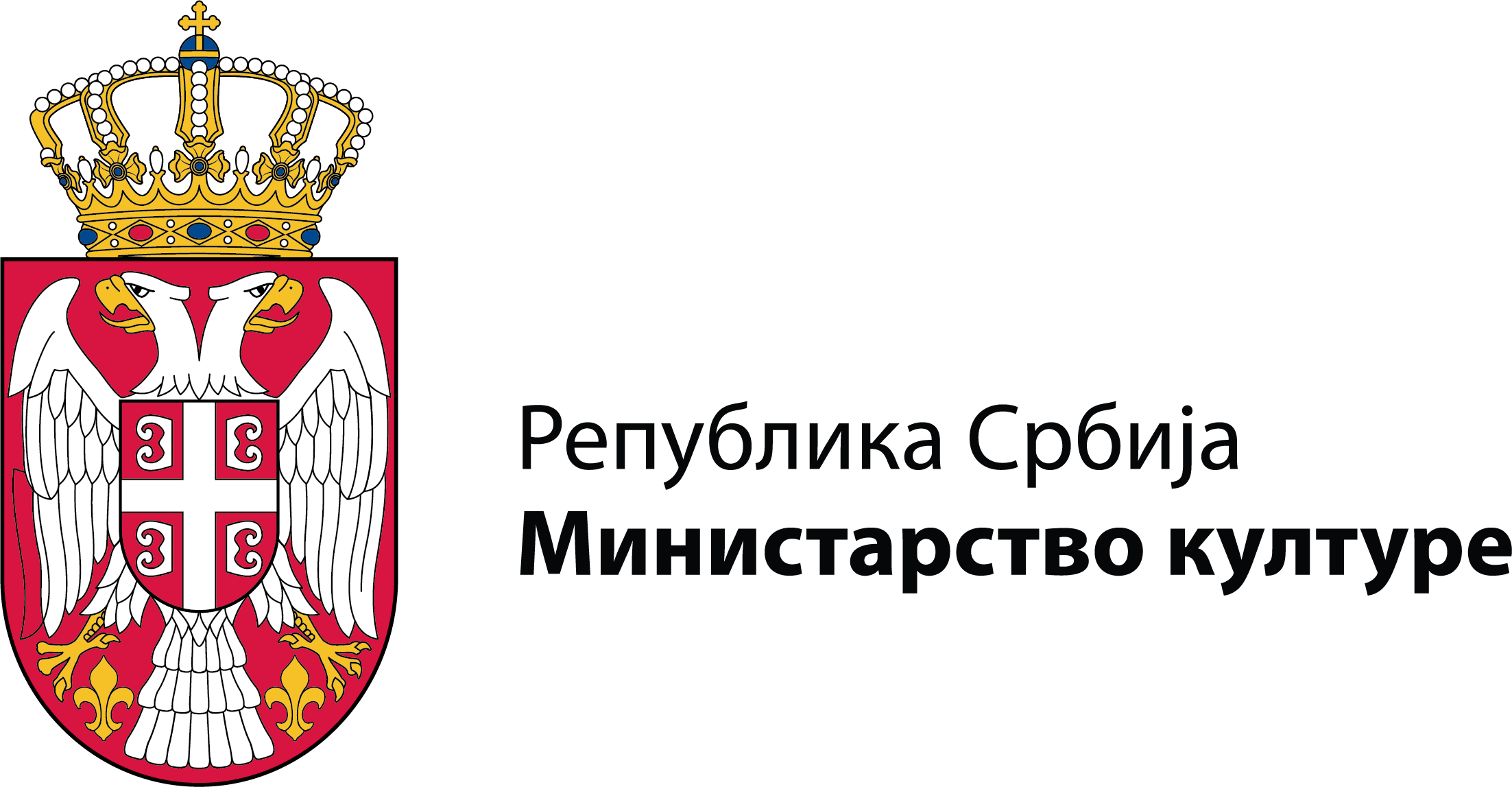Through the wool felting workshops at the Ethnographic Museum, we want to contribute to the preservation of intangible cultural heritage and show the contemporary application of objects made with this technique. As over time the skills of the old crafts were passed down from generation to generation, so today they pass through various new environments and new interactions. It is important that over time we renew and enrich our heritage with new interpretations and creations, thus creating a sense of continuity and identity. Traditional crafts workshops are attracting more and more participants, from young enthusiasts to retirees who want to explore their creativity. At the workshops, various useful items are made, such as dolls, animal sculptures, pendants, brooches, wool flowers, mobile phone covers, coasters, soap covered with wool…
Wool felting an old traditional technique for making materials from wool and the oldest known technique for making fabrics, even older than weaving. The very technique of production with certain variations has been preserved until today. According to the traditional procedure, the wool is washed, dried and combed, then it is ready for the process of felting. Pieces of raw, unspun wool are arranged in layers, after which they are wetted with water and soapy water, which has a chemical role in forming the fabric. The rolling process follows, where by pressing and gently moving the wool, the fibers are joined together, kneaded, and as a result, a solid, indestructible material is obtained. This technique was mainly used for making clothes, shoes, blankets, and due to the properties of wool such as temperature maintenance, humidity control, preventing development of microorganisms, easy maintenance – it is very common in the modern world.

